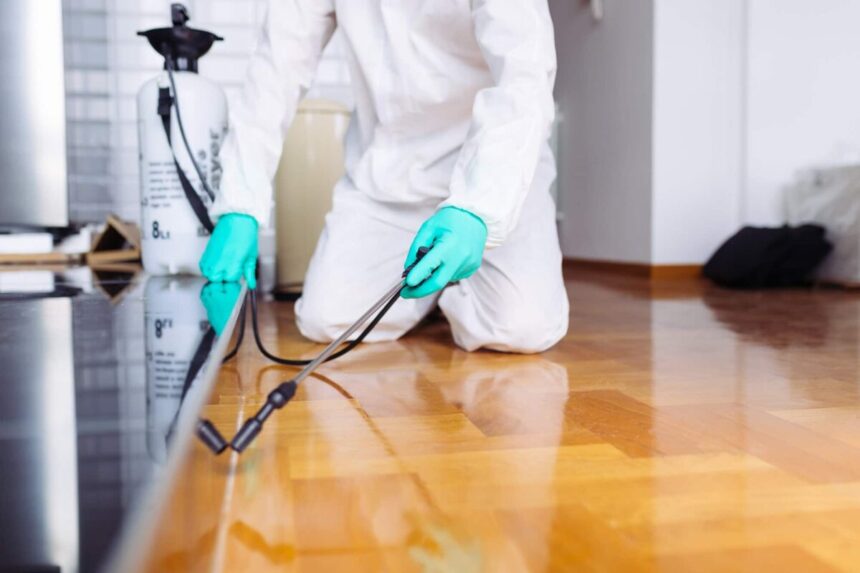With its stunning backdrop of the Wasatch Mountain Range and the serene Provo River, Provo boasts a natural beauty that captivates residents and visitors alike. Provo offers a peaceful living environment, yet its residents often encounter pest-related issues. Many individuals opt for professional services, yet understanding the cost components is crucial for making a well-informed choice. This article explores the various cost considerations when seeking pest control services in Provo.
Type of Pest
The type of pest infestation is a significant factor in the cost of the Pest control service in Provo, Utah. Provo commonly deals with pests such as ants, termites, rodents, spiders, and bed bugs. Each requires a unique treatment approach, which impacts the overall cost. For example, termite control typically involves more extensive treatment methods and can be more costly than dealing with ants or spiders.
Extent of Infestation
The severity and extent of the infestation are crucial in determining the cost. Minor issues can typically be resolved with a single, relatively affordable treatment. However, severe infestations may necessitate multiple visits and extensive treatment, resulting in higher costs. Early detection is essential to minimize expenses.
Treatment Methods
The choice of treatment methods also affects the cost of these services. Chemical treatments, such as pesticides and insecticides, vary in price depending on the type required. Non-chemical methods, including traps, baits, and physical barriers, can be more labor-intensive and expensive. Integrated Pest Management (IPM) approaches, which combine multiple methods for long-term control, can be more expensive initially but offer cost savings in the long run due to their effectiveness.
Frequency of Service
Pest control services can be one-time, monthly, quarterly, or annually. The frequency of service impacts the overall cost. One-time treatments are cheaper but are not sufficient for ongoing issues. Regular services, such as monthly or quarterly visits, can provide better long-term control but will cost more over time. Evaluating the property’s specific requirements and the nature of the pest issue can help identify the most cost-effective frequency for service.
Size of the Property
Another factor influencing the cost is the size of the property being treated. More significant properties require more resources in terms of materials and labor, which can increase the overall price. Smaller residential properties might incur lower costs than large commercial properties or extensive outdoor areas needing treatment.
Service Provider’s Expertise
The expertise and reputation of these service providers can also affect costs. Experienced firms with a history of success often command higher fees, reflecting their reputation for effectiveness. However, opting for experienced professionals can provide peace of mind and save money in the long term by ensuring the problem is resolved efficiently.
Seasonal Demand
The cost of these services can vary with seasonal demand. Certain pests are more prevalent during specific times of the year, such as ants and spiders in the warmer months and rodents seeking shelter during the colder months. Increased demand during peak seasons often results in elevated pest control service prices, while scheduling treatments during off-peak times could yield cost-saving opportunities.
Customized Plans
Some pest control companies offer customized plans tailored to the specific needs of the property and the type of pest problem. Customized plans can be more expensive than standard packages but offer the benefit of targeted treatments that address the unique challenges of the property, potentially providing more effective and long-lasting results.
Several cost considerations must be considered when seeking Pest control service in Provo, Utah. Comprehending these elements aids in making a well-informed choice, striking a balance between efficacy and cost-effectiveness, thus guaranteeing a pest-free environment.






